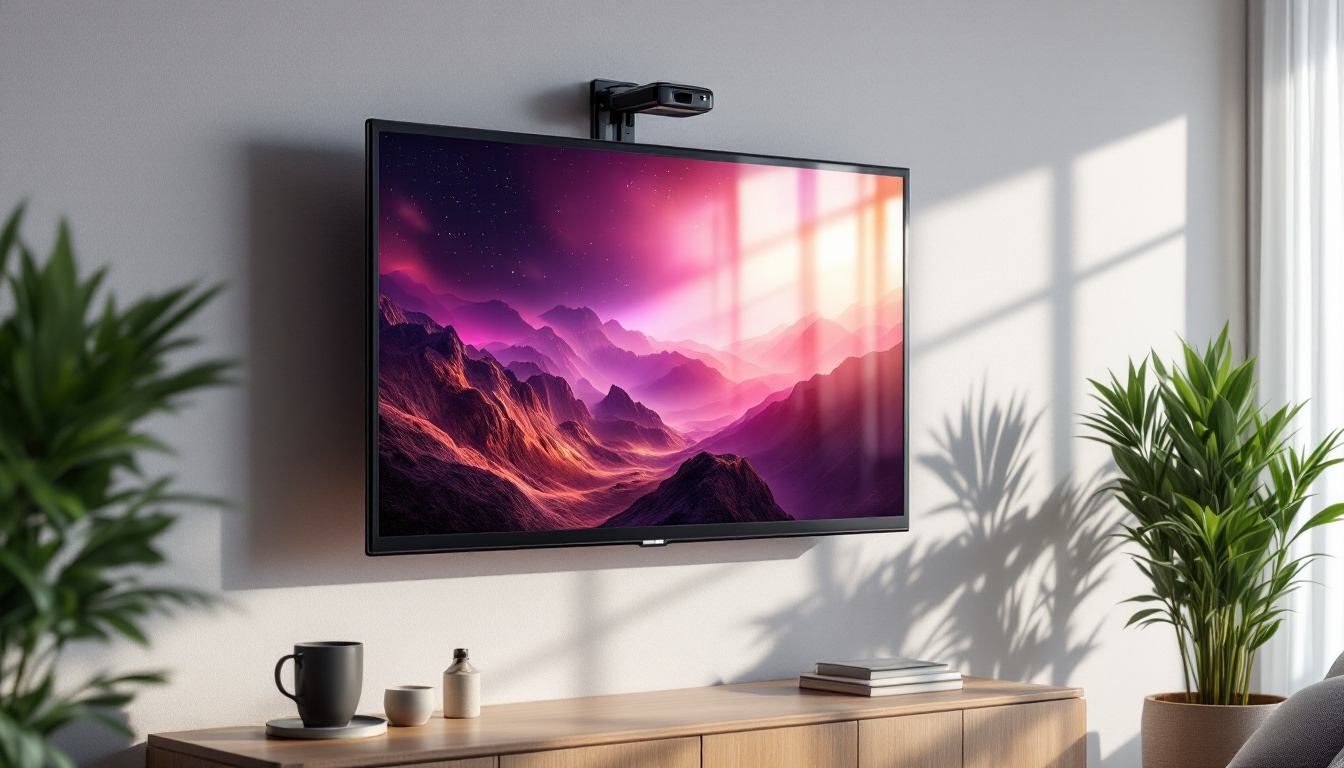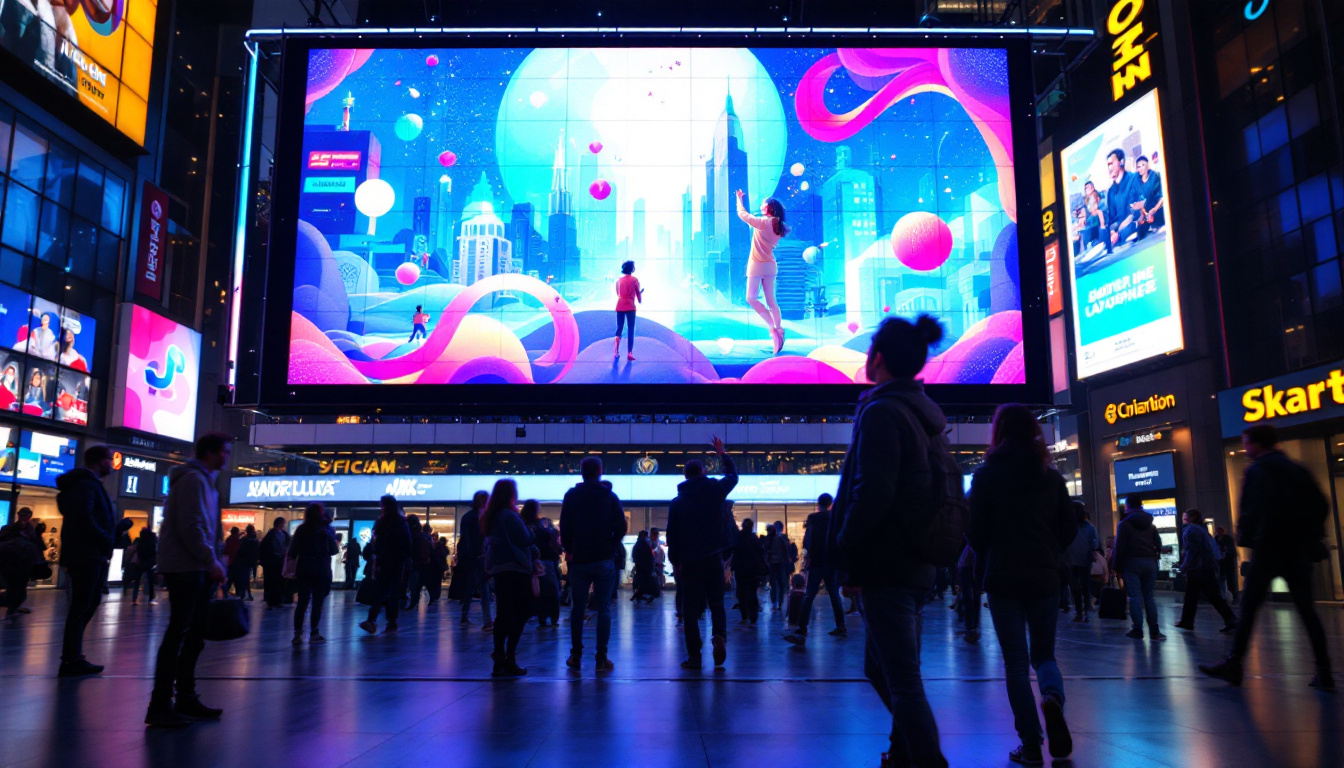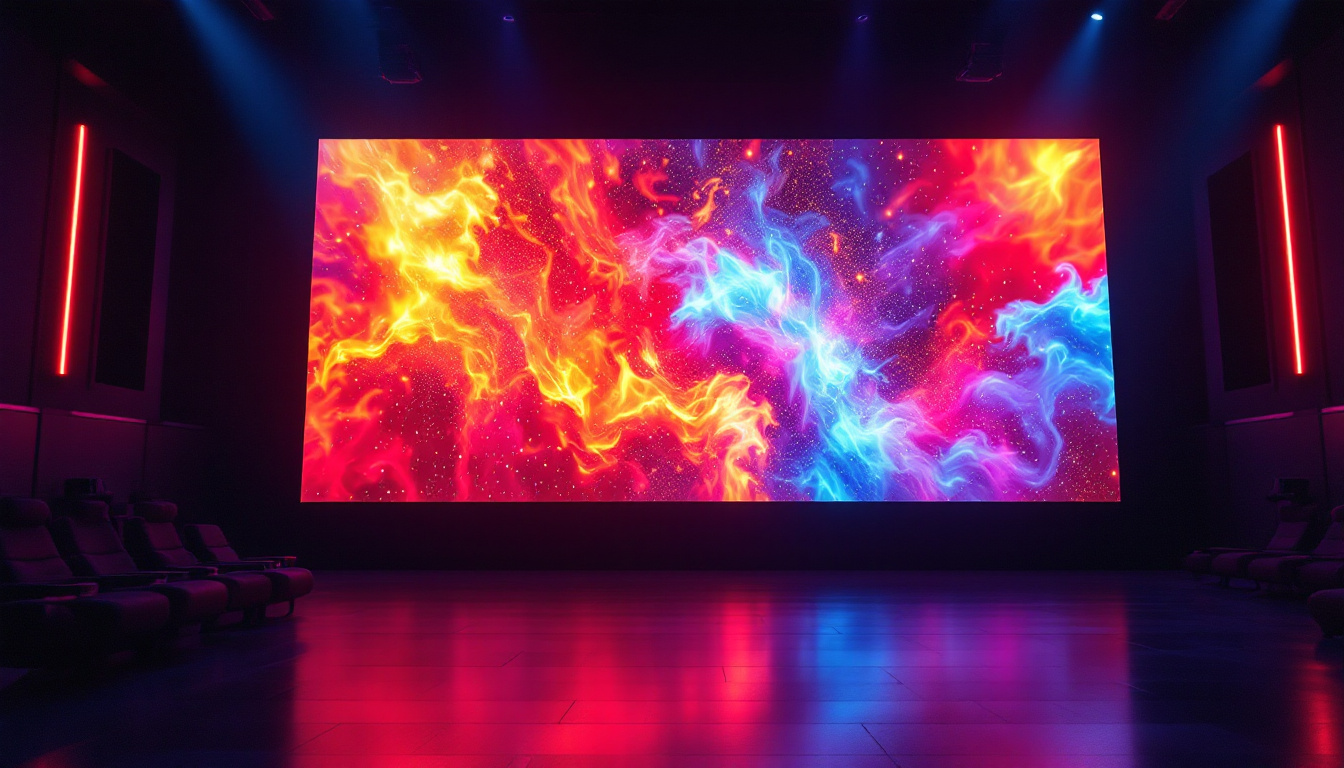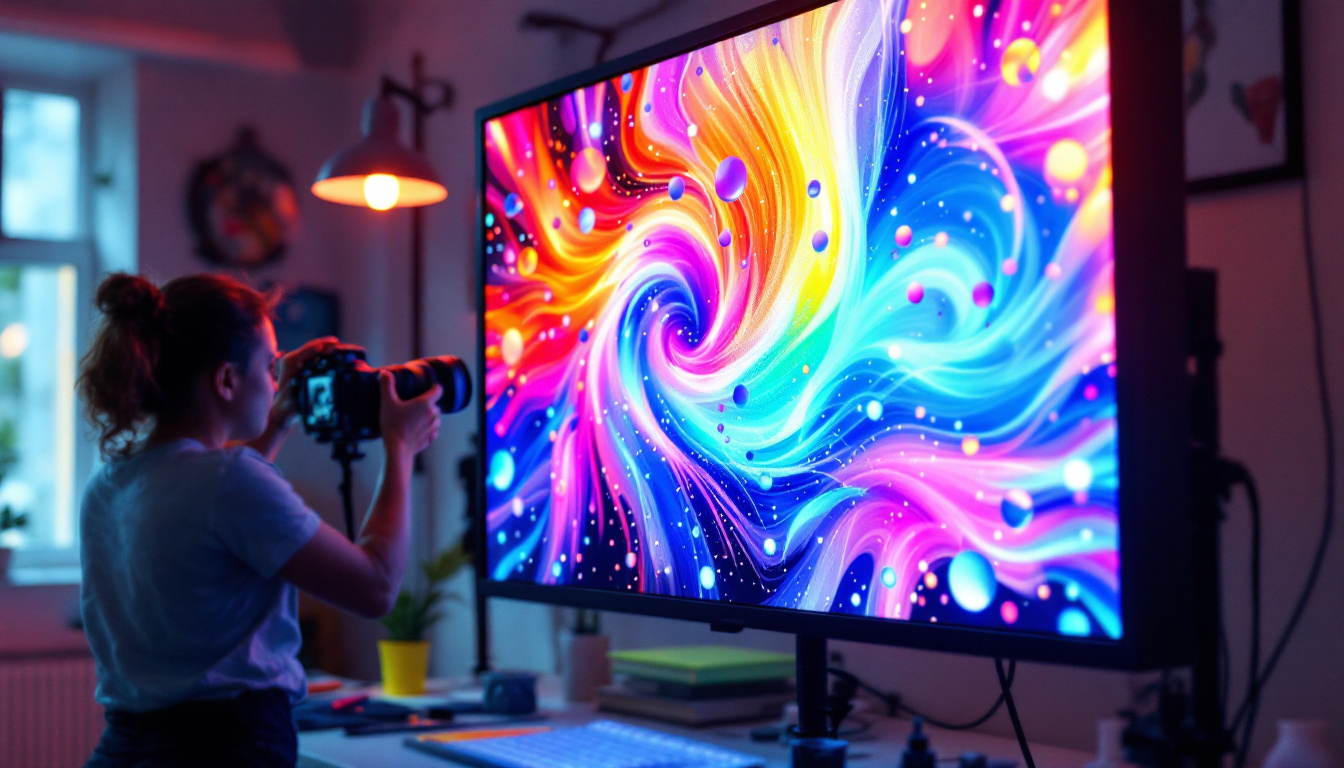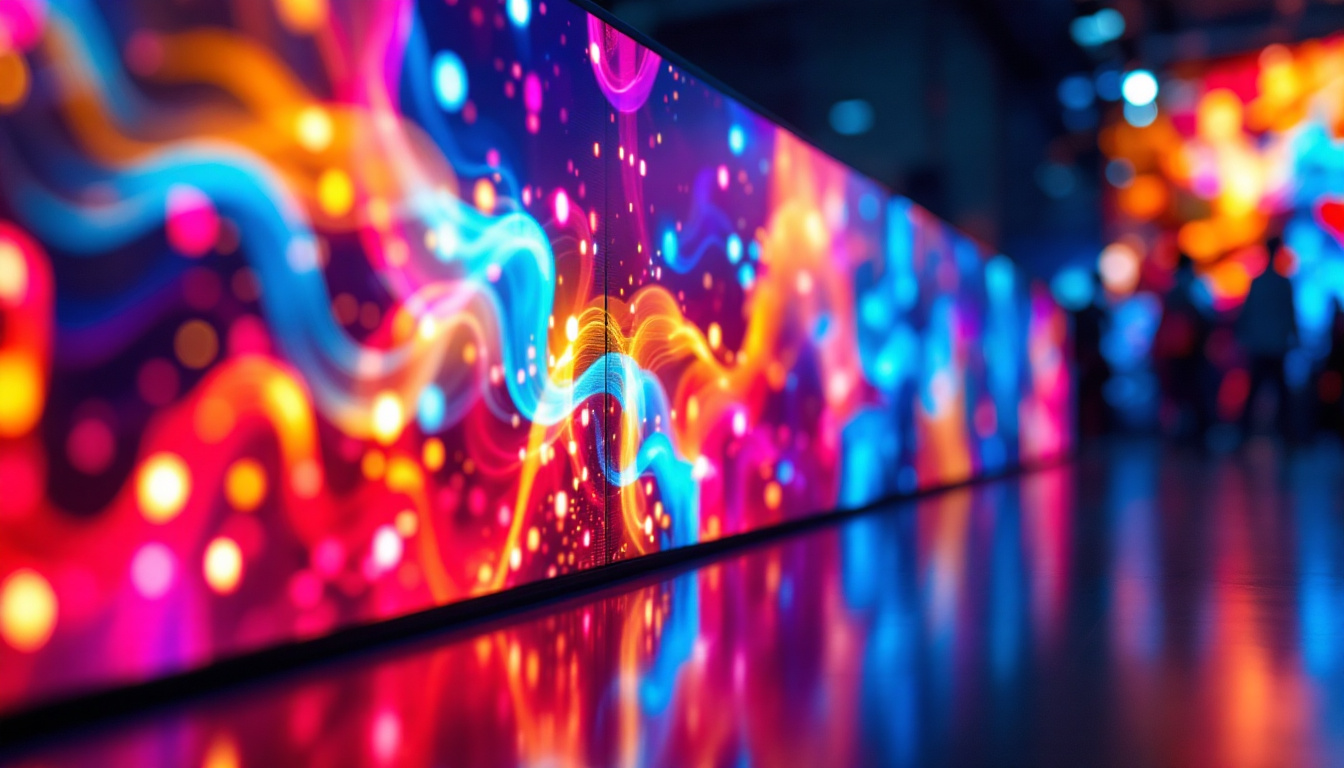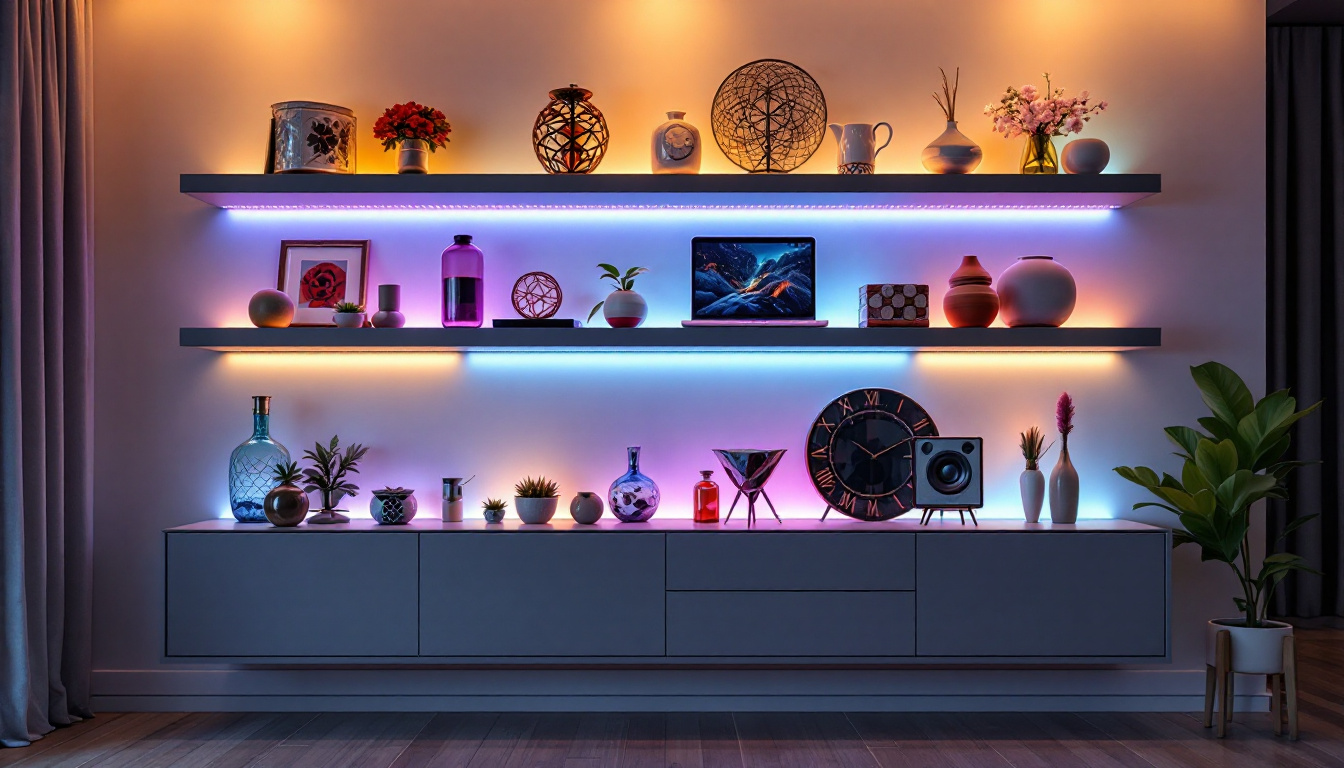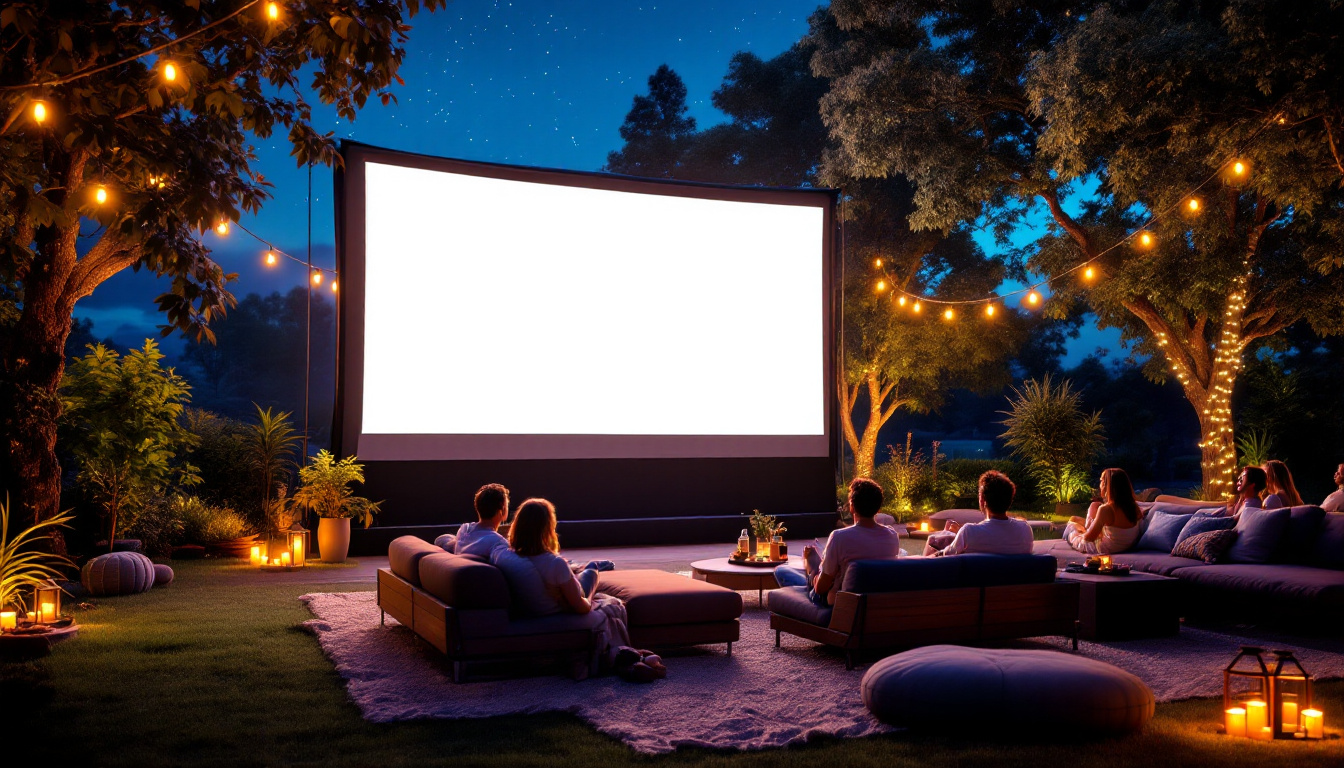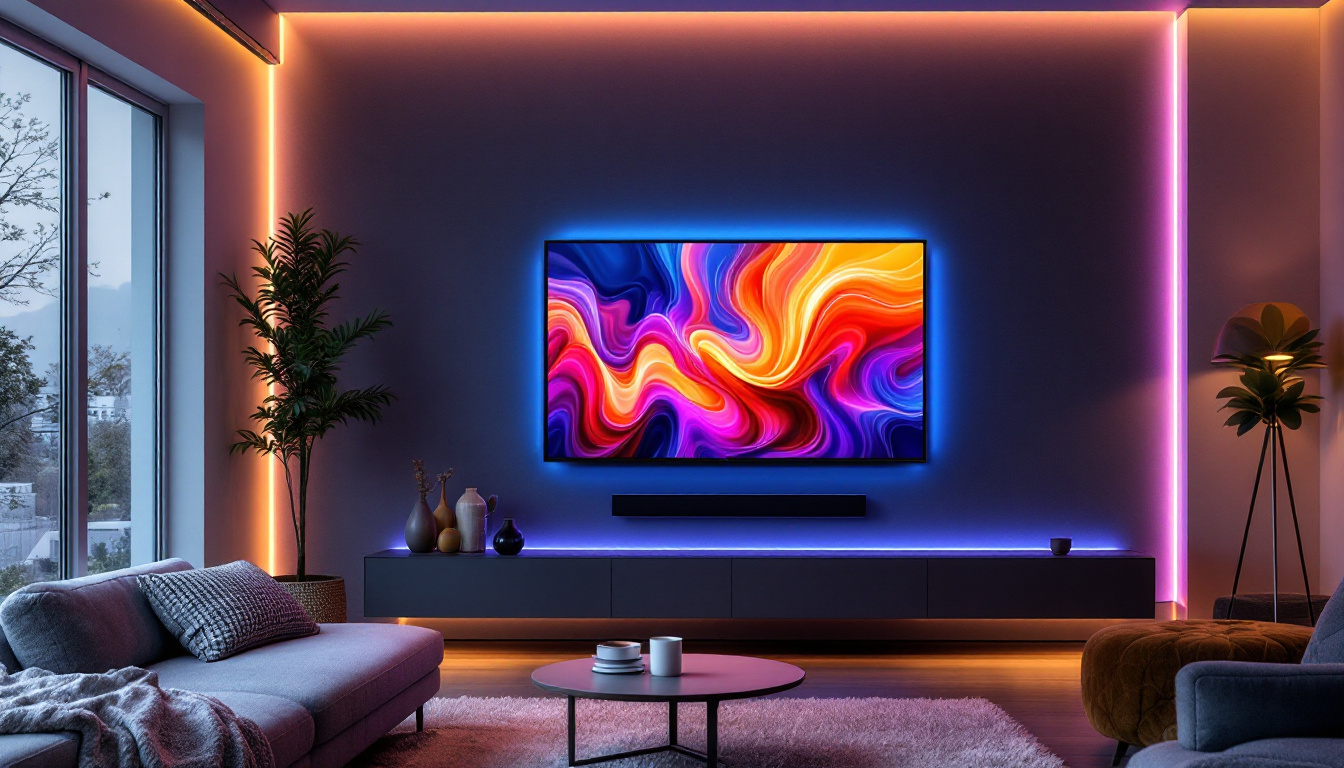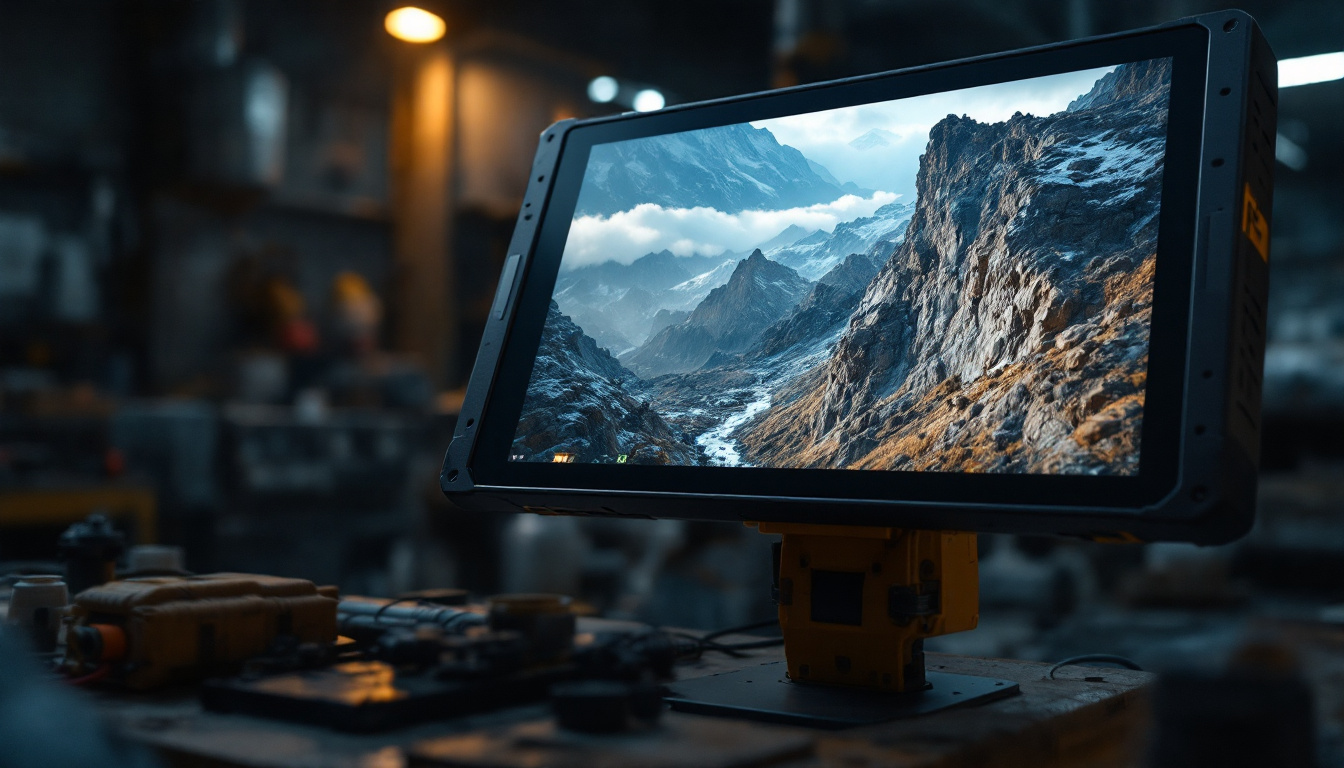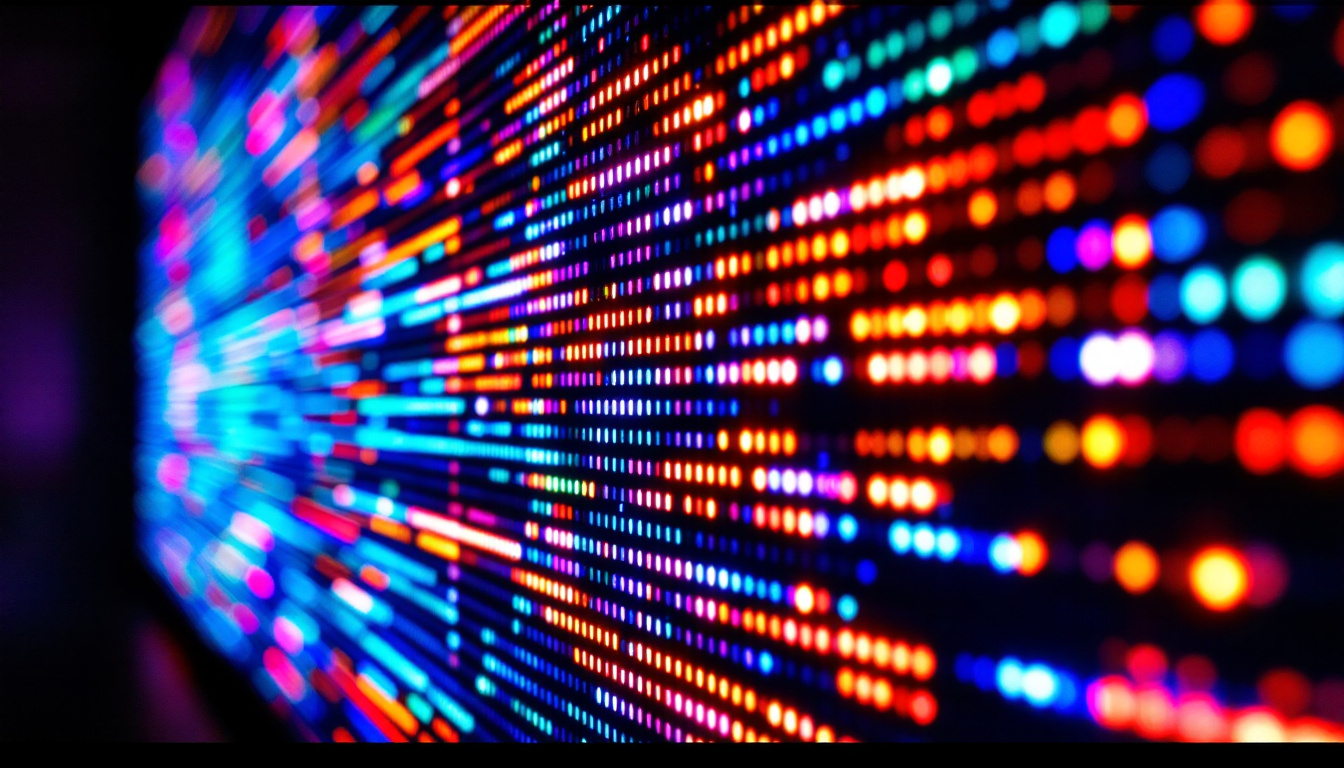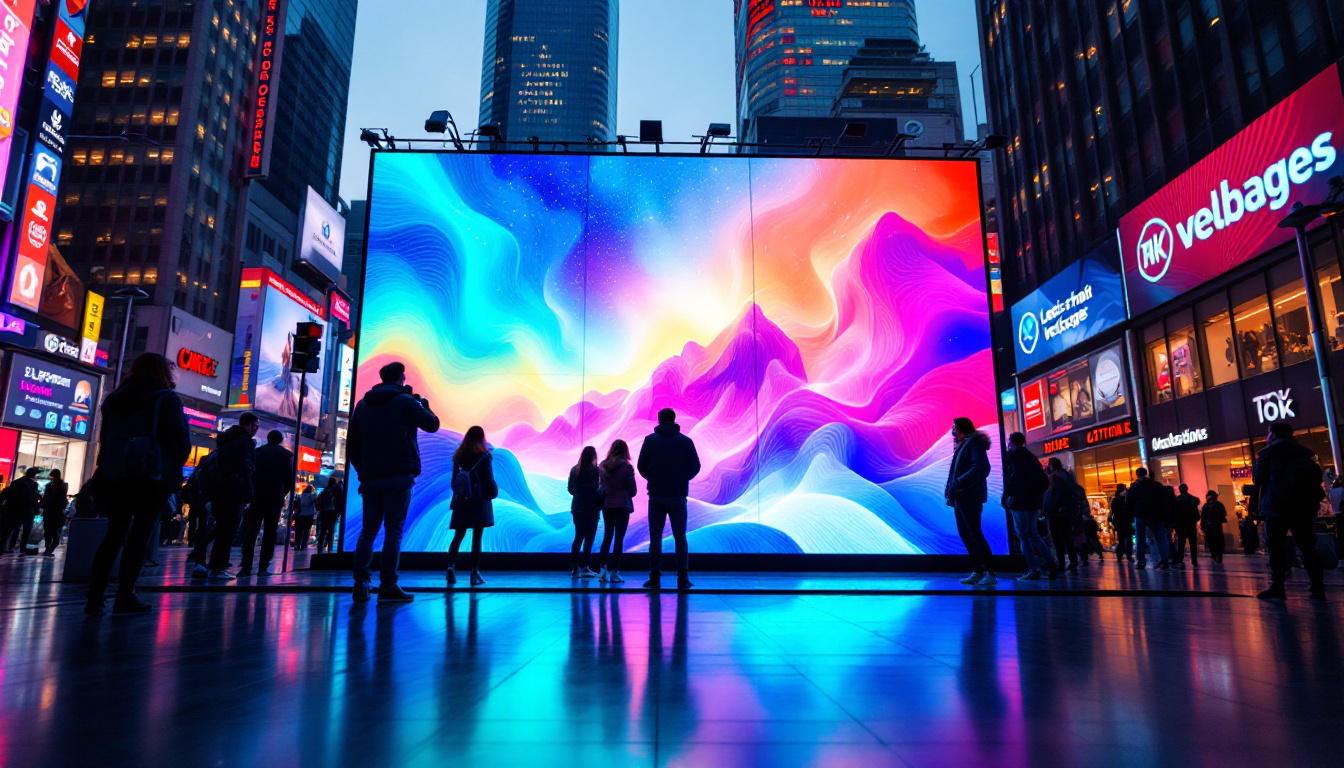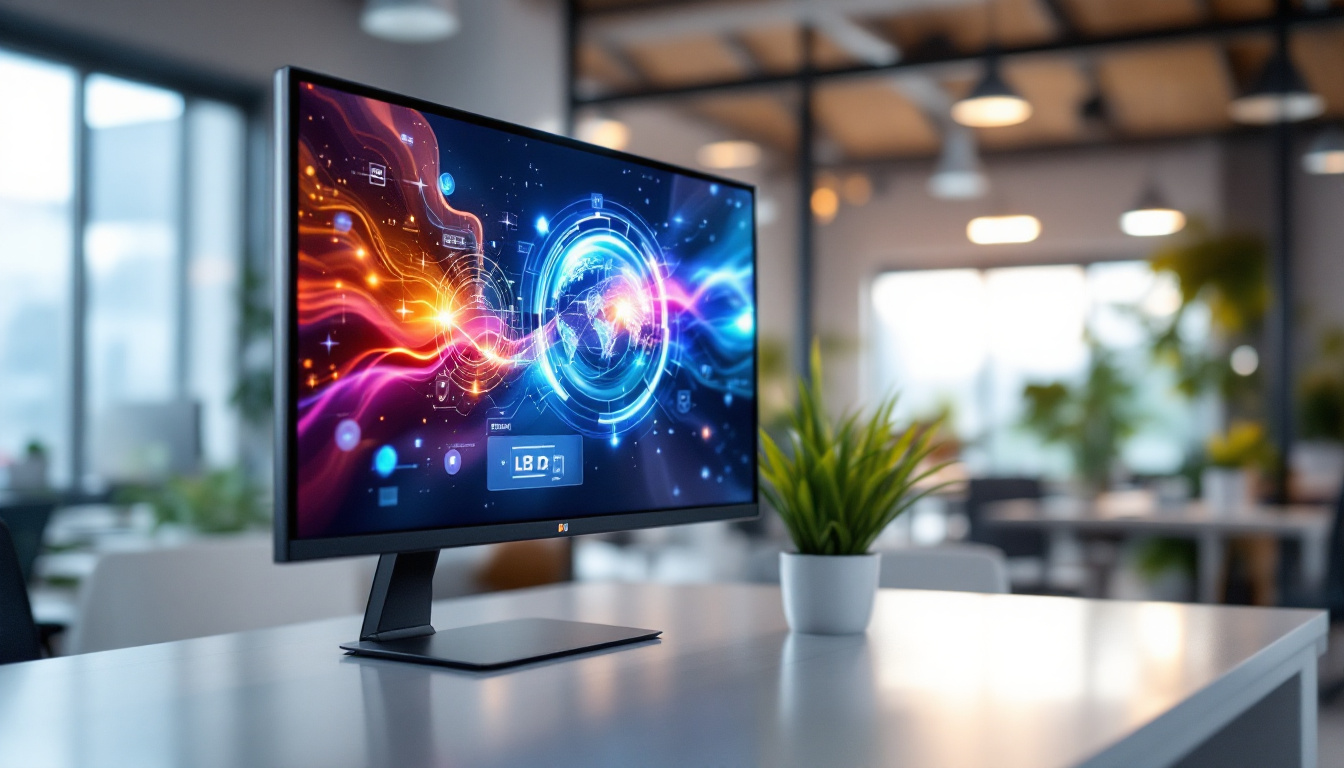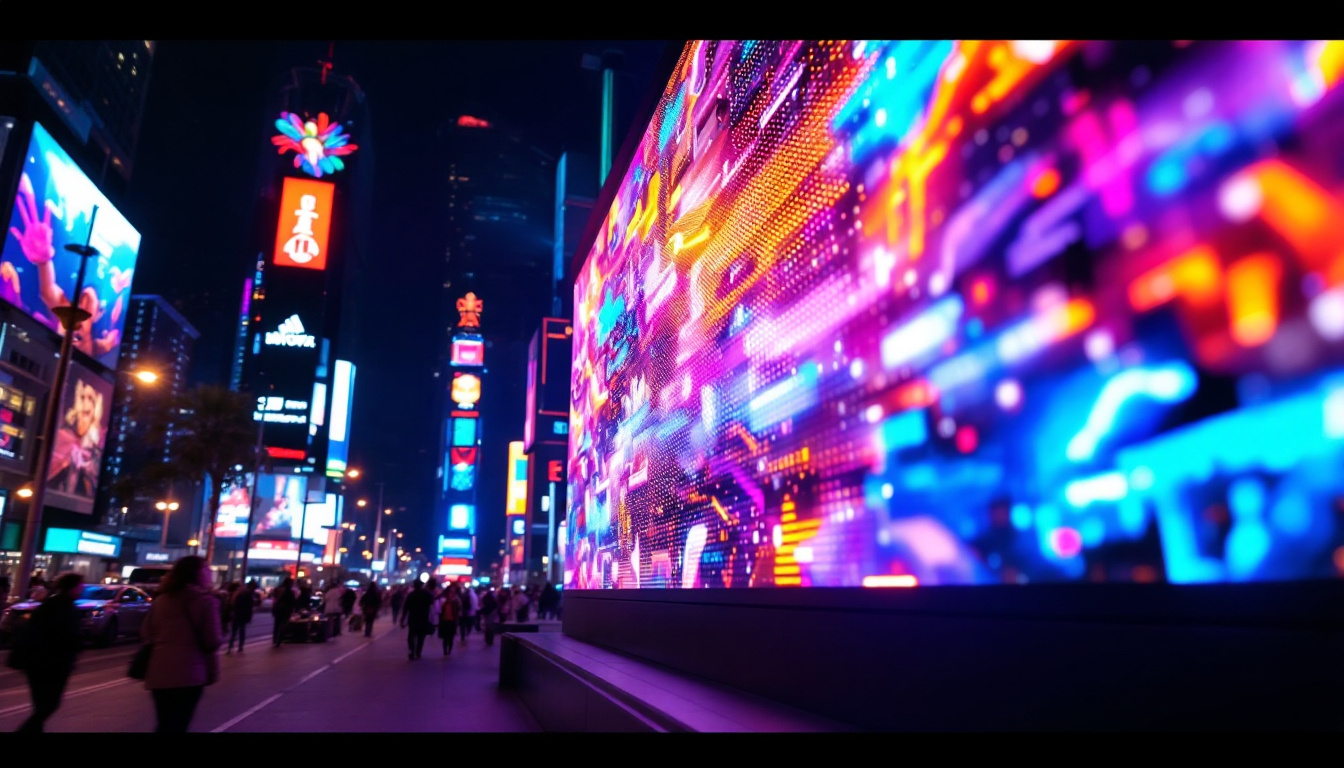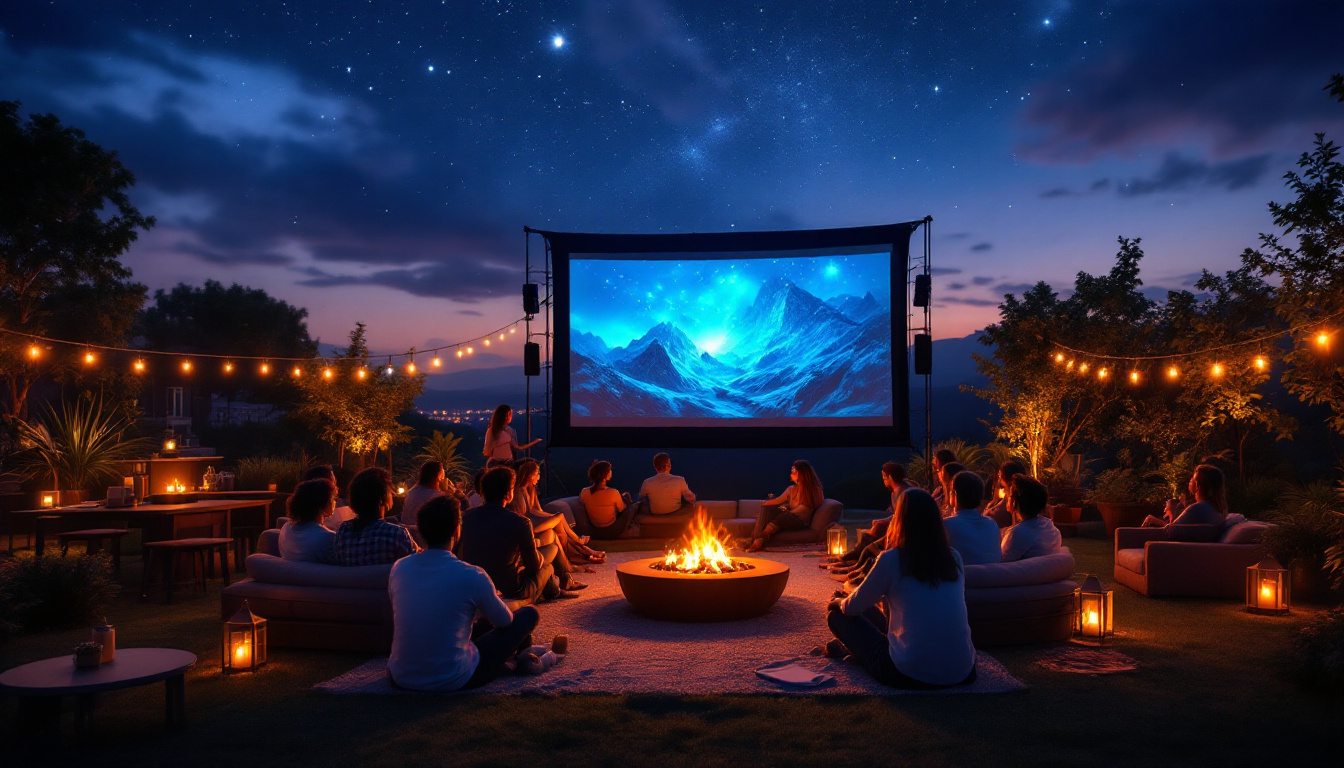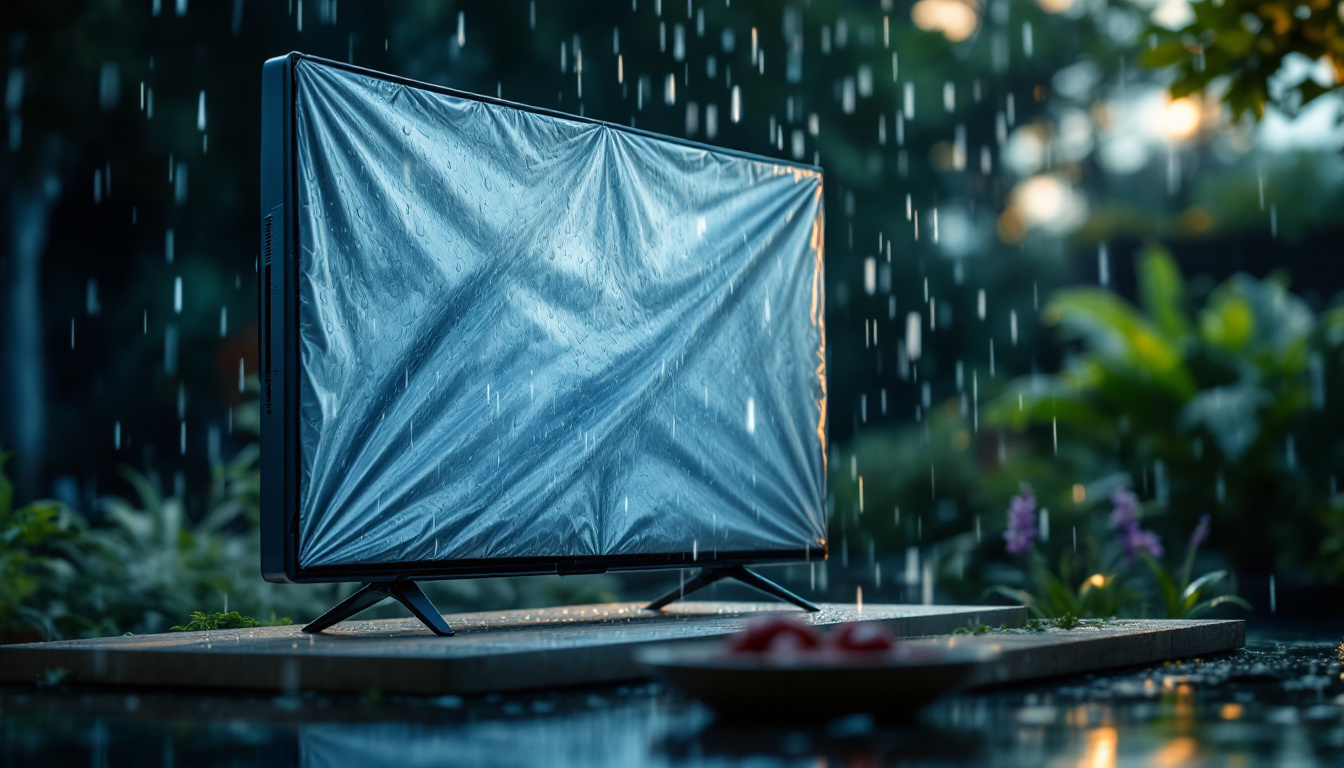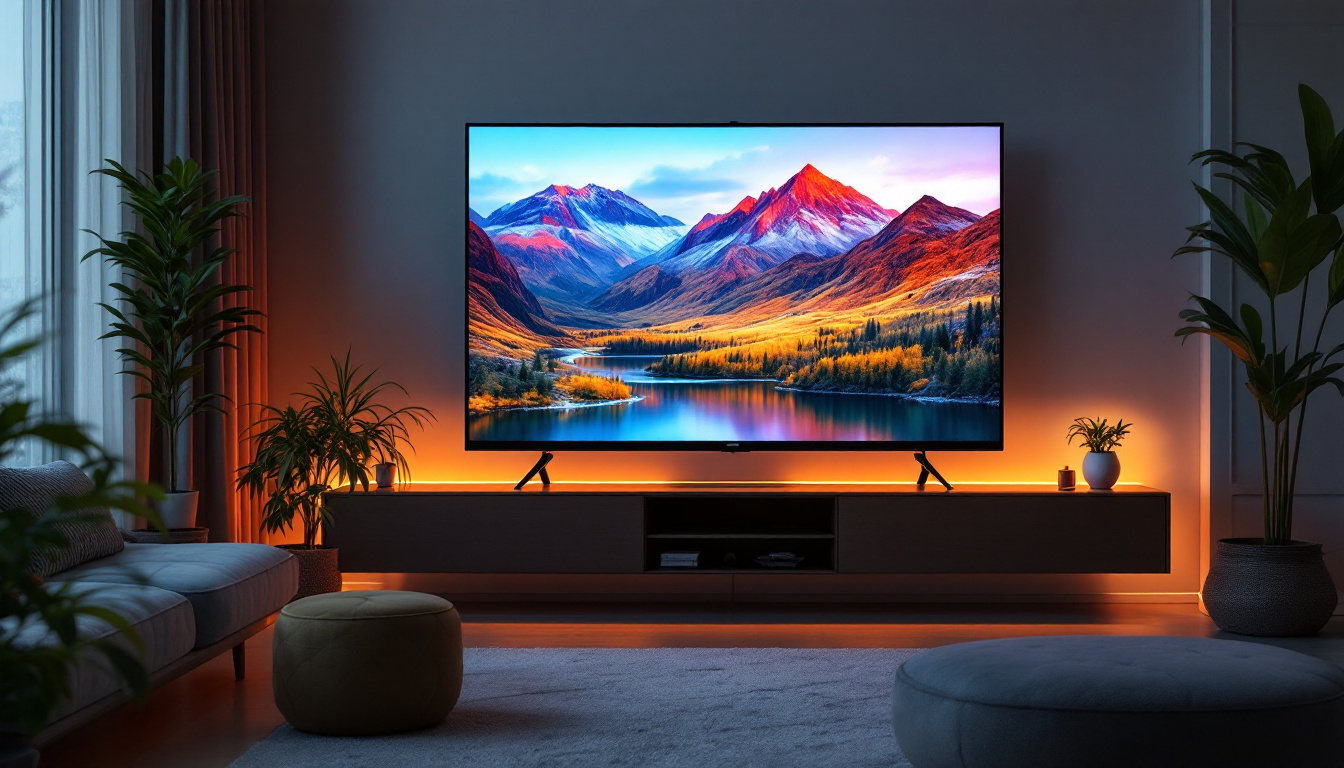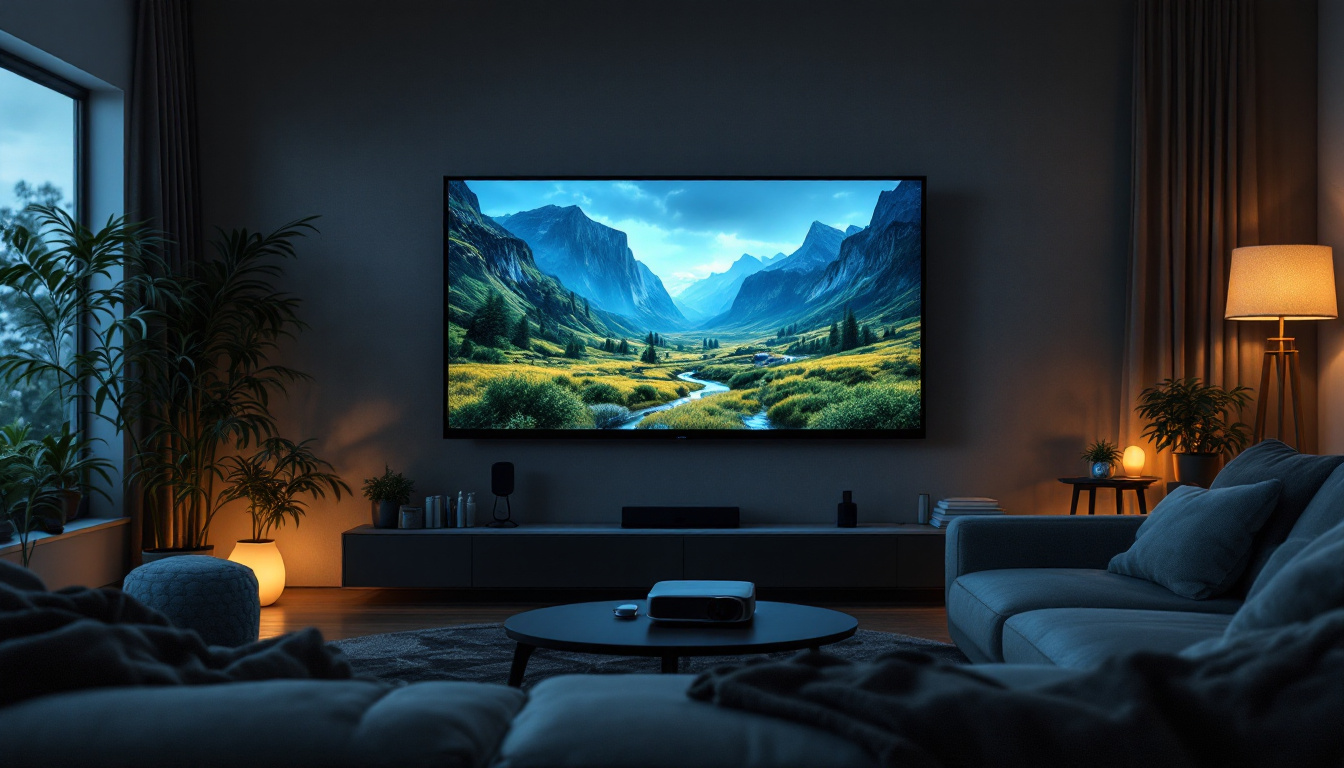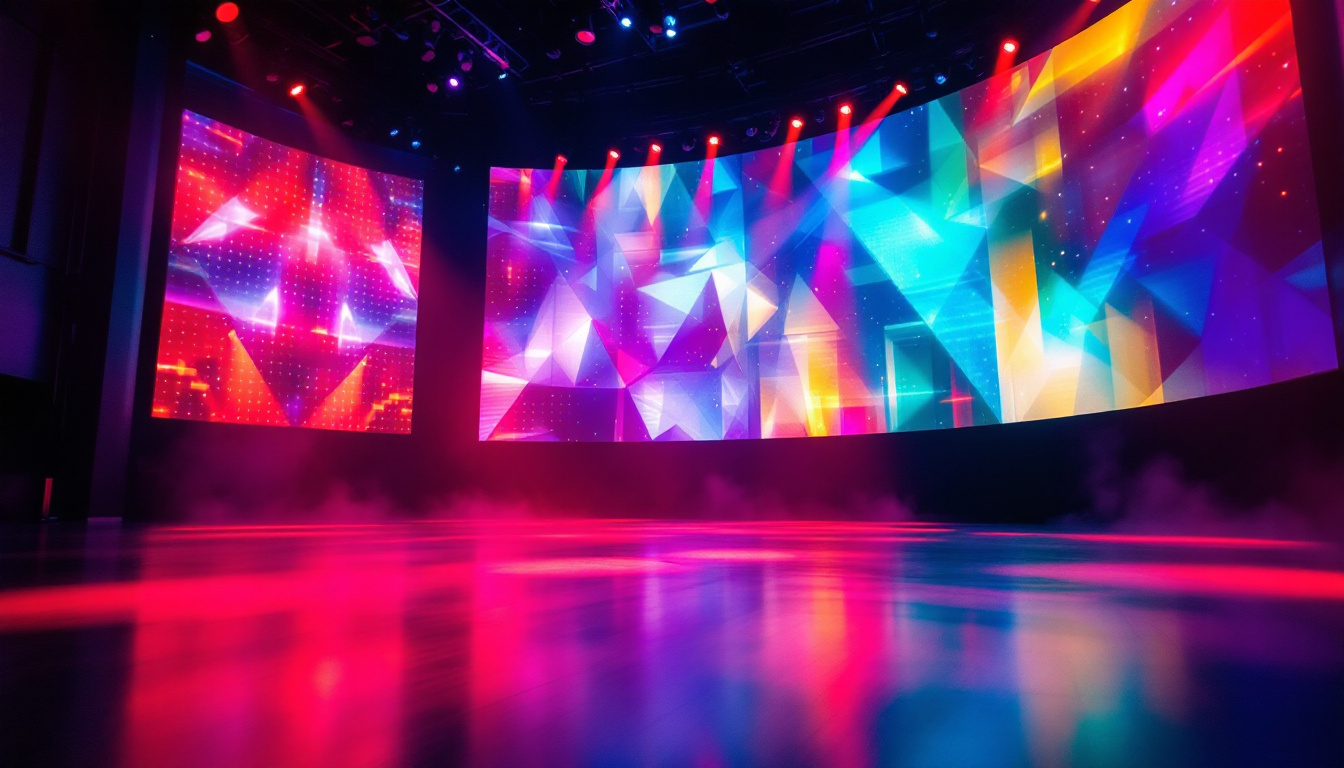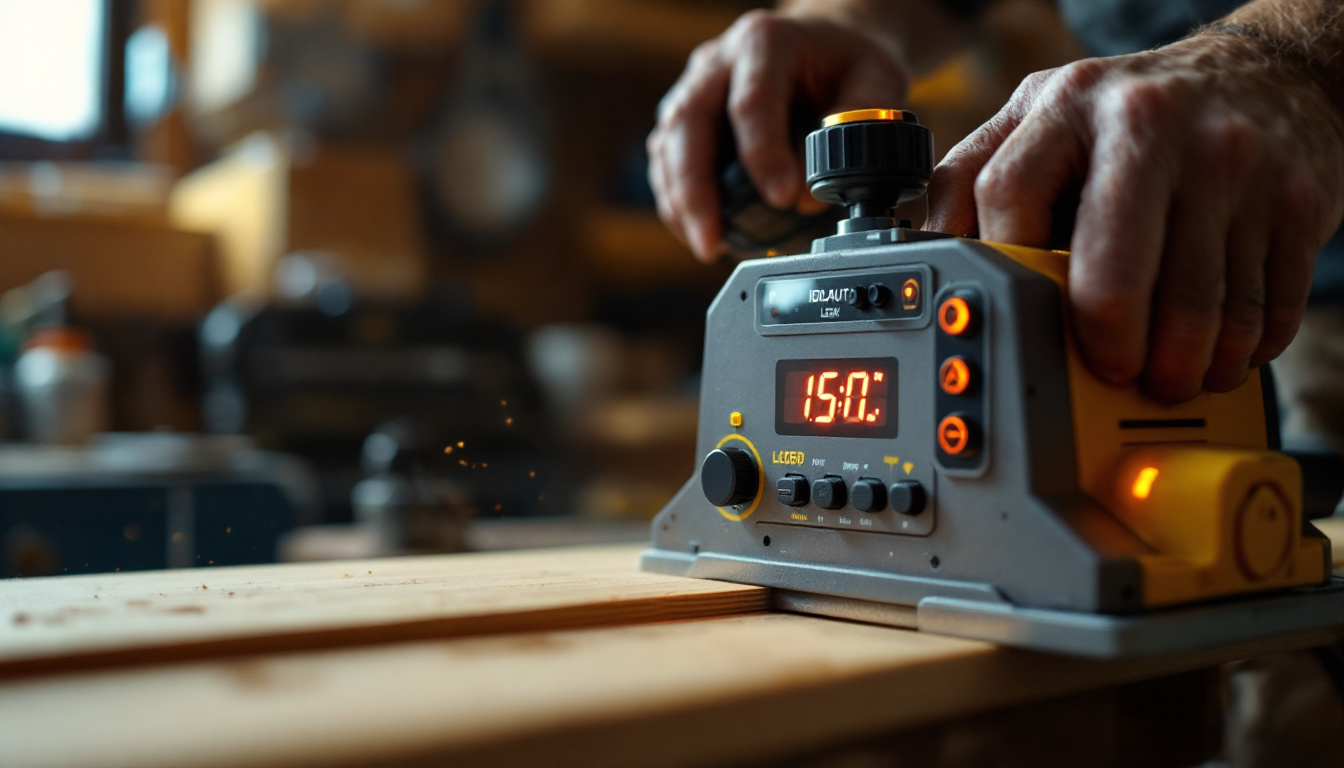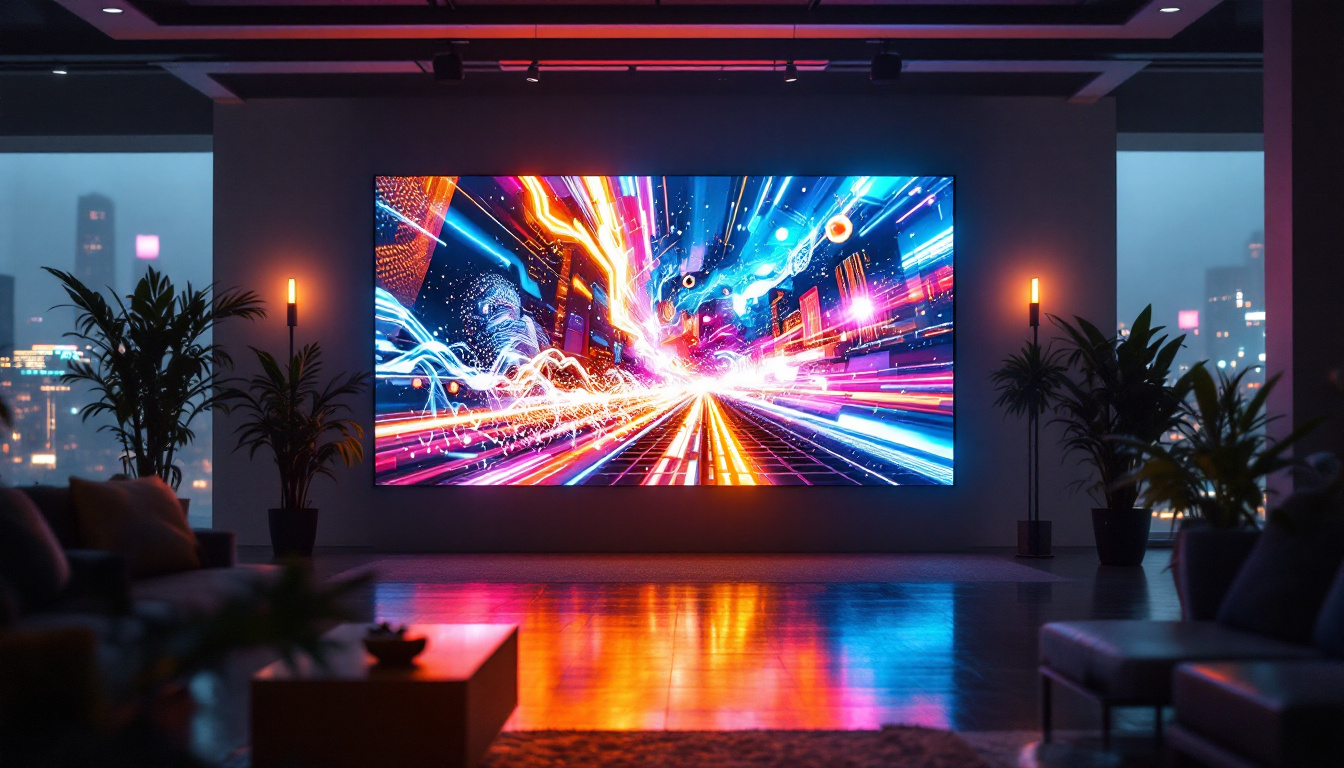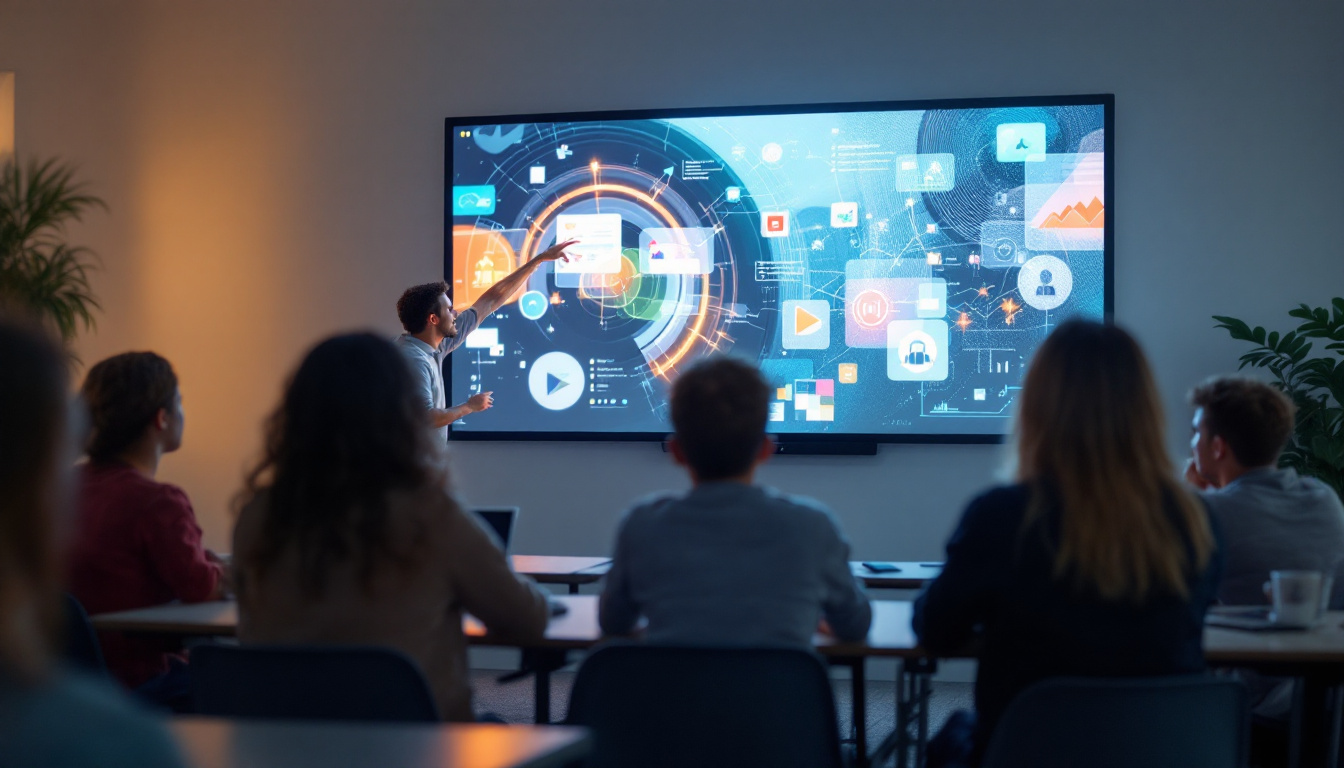In the modern era of visual technology, the projector screen has become an essential tool for presentations, home theaters, and educational environments. With advancements in display technology, LED displays have gained popularity due to their vibrant colors and high-definition clarity. This article delves into the intricacies of projector screen wall mount brackets, specifically focusing on LED displays and their mounting solutions.
Understanding Projector Screens
Projector screens serve as the canvas for images and videos projected from a projector. They come in various formats, sizes, and materials, catering to different needs and environments. The choice of screen can significantly impact the viewing experience, making it crucial to understand the options available.
Types of Projector Screens
There are several types of projector screens, each designed for specific applications. The most common types include:
- Fixed Frame Screens: These screens are permanently mounted to a wall and provide a taut surface for projection. They are ideal for home theaters and professional settings.
- Retractable Screens: These screens can be pulled down when needed and retracted when not in use. They are versatile and suitable for multi-purpose rooms.
- portable screens: Designed for easy transport, these screens are perfect for presentations on the go. They can be set up quickly and are often lightweight.
Choosing the right type of screen is essential for achieving optimal image quality. Factors such as room size, lighting conditions, and intended use should be considered when making a selection. For instance, a fixed frame screen might be the best choice for a dedicated home theater, where lighting can be controlled, while a portable screen may be more suitable for a business professional who frequently travels for presentations.
Additionally, the aspect ratio of the screen is another important consideration. Common aspect ratios include 16:9 for widescreen formats, which are perfect for movies and TV shows, and 4:3 for traditional presentations. Understanding the content that will be displayed can help in selecting the appropriate aspect ratio, ensuring that viewers have the best possible experience without any distortion or cropping of the image.
Screen Materials and Gain
The material of a projector screen plays a significant role in how well it reflects light and reproduces colors. Common materials include:
- Matte White: This material is widely used for its excellent color accuracy and wide viewing angles.
- High Gain: Screens with a higher gain reflect more light, making them suitable for brighter environments.
- Ambient Light Rejecting (ALR): These screens are designed to minimize the impact of ambient light, making them ideal for rooms with windows or artificial lighting.
Understanding the gain of a screen is crucial, as it determines how much light the screen can reflect. A higher gain means a brighter image, but it may also narrow the viewing angle, which can be a disadvantage in larger rooms. Conversely, a lower gain screen may provide a wider viewing angle, making it more suitable for group settings where multiple viewers are positioned at various angles to the screen.
Moreover, the texture of the screen material can also influence the viewing experience. For example, a smooth surface is typically preferred for high-definition content, as it allows for sharper images and finer details. On the other hand, textured surfaces can help diffuse light, which may be beneficial in environments with varying lighting conditions. Ultimately, the choice of material and gain should align with the specific needs of the viewer and the environment to ensure a captivating visual experience.
The Role of Wall Mount Brackets
Wall mount brackets are essential for securely attaching projector screens to walls. They provide stability and ensure that the screen is positioned correctly for optimal viewing. The right bracket can enhance the overall aesthetic of a room while ensuring functionality. In addition to their practical uses, wall mount brackets can also contribute to the overall design of a space, allowing for a more streamlined and organized appearance. This is especially important in environments where visual presentation is key, such as in conference rooms, classrooms, or home theaters.
Types of Wall Mount Brackets
There are several types of wall mount brackets available, each with its unique features. Some of the most common types include:
- Fixed Wall Mounts: These brackets hold the screen in a fixed position, providing a clean and professional look. They are best suited for permanent installations. Fixed mounts are often chosen for their simplicity and ease of installation, making them a popular choice for users who prefer a no-fuss setup.
- Tilting Wall Mounts: These brackets allow for slight adjustments in the angle of the screen, which can be beneficial in reducing glare and improving visibility. This feature is particularly useful in rooms with windows or bright lighting, as it allows for a more comfortable viewing experience without compromising image quality.
- Full-Motion Wall Mounts: These versatile mounts enable users to adjust the screen’s position in multiple directions, offering maximum flexibility for various viewing angles. Ideal for spaces where seating arrangements may vary, full-motion mounts allow viewers to enjoy the screen from different locations in the room.
When selecting a wall mount bracket, it is essential to consider the weight and size of the projector screen. Ensuring compatibility between the screen and the bracket is crucial for safety and performance. Additionally, it’s important to factor in the intended use of the projector screen, as different environments may require different types of brackets to optimize performance and usability.
Installation Considerations
Proper installation of wall mount brackets is vital to ensure the longevity and functionality of the projector screen. Here are some key considerations:
- Wall Type: Different wall materials require specific mounting techniques. For example, drywall may need additional support, while concrete walls can accommodate heavier brackets directly. It is also wise to consider the potential for future renovations, as the choice of wall type may influence the mounting process.
- Height and Positioning: The screen should be mounted at a height that provides a comfortable viewing angle. Ideally, the center of the screen should be at eye level when seated. This not only enhances the viewing experience but also helps to reduce neck strain during prolonged use.
- Stud Location: Mounting brackets should be secured to wall studs for maximum support. Using a stud finder can help locate the best spots for installation. Additionally, it’s advisable to double-check the alignment and level of the bracket before securing it to ensure that the screen hangs straight and true.
Taking the time to plan the installation process can prevent future issues and ensure a seamless viewing experience. Furthermore, considering the integration of cables and other equipment during installation can lead to a cleaner setup, minimizing visible wires and enhancing the overall appearance of the space. This attention to detail not only improves functionality but also contributes to a more polished and professional look in any environment.
LED Displays: A New Era of Projection Technology
LED displays have revolutionized the way content is presented. Unlike traditional projection systems, LED displays offer several advantages, making them a popular choice for various applications.
Benefits of LED Displays
LED displays provide numerous benefits that enhance the viewing experience:
- Vivid Colors: LED technology allows for a broader color spectrum, resulting in more vibrant and lifelike images.
- High Brightness Levels: LED displays can achieve higher brightness levels compared to traditional projectors, making them suitable for well-lit environments.
- Energy Efficiency: LED technology consumes less power, making it an eco-friendly option for long-term use.
These advantages make LED displays an attractive option for both commercial and residential settings, as they cater to the demands of modern viewing experiences.
Applications of LED Displays
The versatility of LED displays allows them to be used in various settings, including:
- corporate environments: LED displays are commonly used in conference rooms for presentations, video conferencing, and collaborative work.
- Home Theaters: Many home theater enthusiasts opt for LED displays due to their superior image quality and immersive viewing experience.
- Educational Institutions: Classrooms and lecture halls benefit from LED displays, which enhance learning through engaging visual content.
As technology continues to evolve, the applications of LED displays will likely expand, offering even more possibilities for users.
Choosing the Right Mount for LED Displays
When it comes to mounting LED displays, selecting the appropriate wall mount bracket is crucial for ensuring stability and optimal viewing angles. Several factors should be considered when making this decision.
Weight and Size Compatibility
One of the first considerations when choosing a wall mount bracket for an LED display is the weight and size of the unit. Each bracket has a specified weight limit, and exceeding this limit can lead to safety hazards. Additionally, the size of the display should match the bracket specifications to ensure a secure fit.
Adjustability and Flexibility
Depending on the intended use of the LED display, the level of adjustability required may vary. For example, a full-motion mount may be ideal for a display that needs to be viewed from multiple angles, while a fixed mount may suffice for a dedicated viewing area. Understanding the specific needs of the environment will guide the selection process.
Installation and Maintenance
Ease of installation is another factor to consider when choosing a wall mount bracket. Some brackets come with comprehensive installation instructions and all necessary hardware, making the process straightforward. Additionally, maintenance considerations should not be overlooked; brackets that allow for easy access to the display can simplify upkeep and repairs.
Conclusion
In conclusion, the choice of a projector screen wall mount bracket is a critical aspect of setting up an LED display. Understanding the various types of screens, wall mounts, and the benefits of LED technology can significantly enhance the viewing experience. By carefully considering the factors discussed in this article, users can make informed decisions that cater to their specific needs, ensuring a seamless integration of technology into their environments.
As technology continues to advance, staying informed about the latest trends and innovations in projector screens and LED displays will be essential. With the right knowledge and tools, anyone can create an engaging and visually stunning space that meets their needs.
Discover LumenMatrix’s Innovative LED Display Solutions
Ready to elevate your visual experience with the latest in LED display technology? Look no further than LumenMatrix, where innovation meets excellence. Our extensive range of LED display modules, including Indoor and Outdoor LED Wall Displays, Vehicle LED Displays, and specialized solutions like LED Sports and Floor Displays, are designed to captivate your audience and amplify your message. Embrace the future of visual communication with LumenMatrix and transform your space into a dynamic and engaging environment. Check out LumenMatrix LED Display Solutions today and see the difference for yourself.

